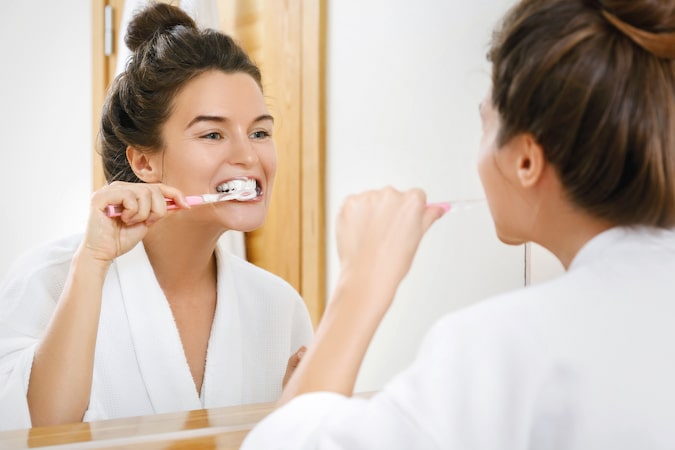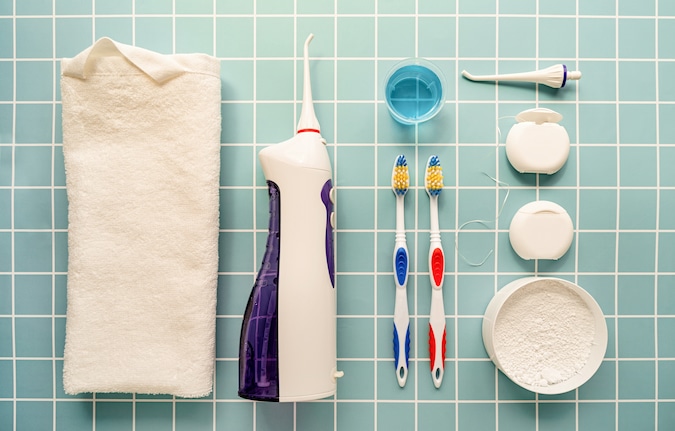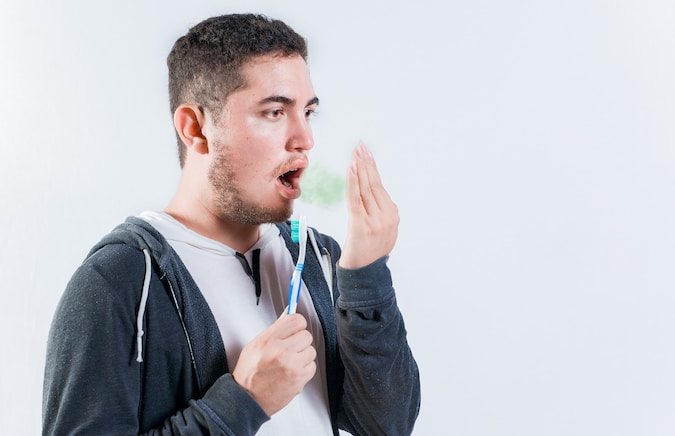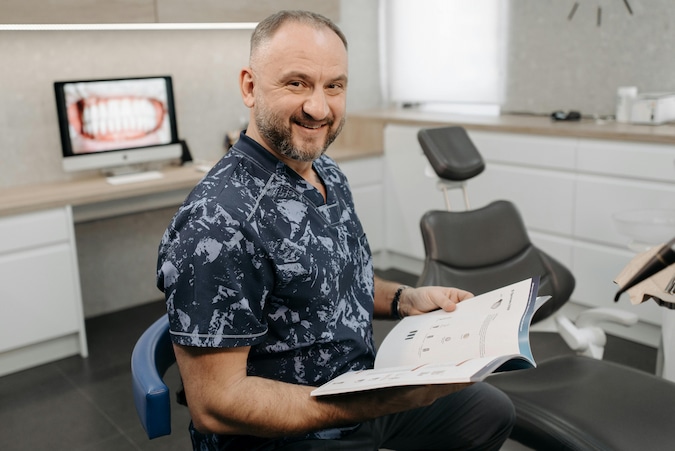
Best Dental Care Tips and Techniques for Healthy Teeth

Proper dental care is essential for maintaining a healthy smile and preventing gum disease and cavities. By mastering effective brushing and flossing techniques and choosing the right products, you can keep your teeth and gums in top condition. For more support on your health, explore dental insurance options available with SelfGood.
Good oral hygiene is crucial not only for your teeth but also for your overall health. Poor dental care can lead to gum disease, cavities, and even more serious health conditions such as cardiovascular disease. To avoid these problems, you must develop a consistent and effective oral care routine. In this guide, we’ll break down the best brushing and flossing techniques, discuss choosing the right dental products, and help you maintain a beautiful, healthy smile.
Key Takeaways:
- Brush your teeth twice a day for two minutes using a soft-bristle brush.
- Floss daily to remove plaque between teeth and along the gumline.
- Use fluoride toothpaste to protect against cavities.
- Incorporate mouthwash and other dental tools, such as tongue scrapers and water flossers, to enhance your oral care routine.
- Regular dental checkups are essential for maintaining long-term oral health.
Proper Brushing Techniques

Brushing your teeth effectively is the cornerstone of dental care. While most people brush daily, many don’t follow the correct technique. Here’s how to ensure your brushing routine is as effective as possible:
- Brush for Two Minutes, Twice Daily: The American Dental Association (ADA) recommends brushing for two minutes, twice daily, focusing on all tooth surfaces.
- Hold the Toothbrush at a 45-degree Angle: This angle helps clean the gumline, where plaque and bacteria tend to accumulate.
- Use Gentle, Short Strokes: Be sure to use gentle pressure. Harsh scrubbing can damage enamel and gums. Instead, opt for short, back-and-forth strokes to remove plaque effectively.
- Don’t Forget to Brush Your Tongue: Bacteria on your tongue can contribute to bad breath and plaque buildup. Gently brush your tongue or use a tongue scraper.
Effective Flossing Techniques
Brushing alone cannot reach the spaces between your teeth and along your gumline. Flossing is essential to remove food particles and plaque from these areas. Here’s how to floss properly:
- Use About 18 Inches of Floss: Wrap the floss around your middle fingers, leaving an inch or two to work with.
- Gently Slide the Floss Between Teeth: Curve the floss into a C-shape around each tooth and slide it under the gumline.
- Floss Once a Day: Flossing daily helps prevent gum disease and tooth decay by removing plaque from areas a toothbrush can’t reach.
If traditional flossing is difficult, consider using floss picks or water flossers, which can be particularly beneficial for individuals with braces or dental implants.
How to Choose the Right Toothbrush and Toothpaste
Choosing the right dental products is essential for maintaining good oral health. Here’s what to look for when selecting a toothbrush and toothpaste:
- Toothbrush: Choose a soft-bristle toothbrush, as hard bristles can damage your gums and enamel. Electric toothbrushes with rotating or oscillating heads can provide deeper cleaning.
- Toothpaste: Use fluoride toothpaste to protect against cavities. If you have sensitive teeth, opt for toothpaste specifically formulated for sensitivity. Replacing your toothbrush every three to four months is crucial, as worn bristles are less effective at cleaning.
The Role of Mouthwash and Additional Dental Tools

Mouthwash can provide additional protection by reaching areas that brushing and flossing might miss. It helps reduce bacteria, freshen breath, and protect against cavities.
- Choose a Fluoride or Antimicrobial Mouthwash: Fluoride helps prevent cavities, while antimicrobial ingredients can reduce plaque and gingivitis.
- Swish for 30 Seconds: Rinse with mouthwash for about 30 seconds to ensure it reaches all areas of your mouth.
Other dental tools, such as interdental brushes and tongue scrapers, can further enhance your oral hygiene routine by cleaning between teeth and removing bacteria from the tongue.
Dental Floss Types and Selection
Floss comes in several varieties, and choosing the right type depends on your needs:
- Waxed Floss: Glides more easily between tight teeth.
- Unwaxed Floss: Provides a firmer grip and may be more effective at cleaning wider gaps.
- Dental Tape: A flatter, broader option, ideal for those with larger spaces between teeth.
Water flossers can be a great alternative if traditional flossing is difficult. These devices use a stream of water to clean between teeth and along the gum line.
Creating a Consistent Oral Hygiene Routine
Consistency is the key to maintaining healthy teeth and gums. Here are a few tips to help you stick to your routine:
- Brush Twice Daily: Stick to brushing after breakfast and before bed.
- Floss at Least Once Daily: Flossing once a day, preferably at night, helps remove food particles and plaque that accumulate throughout the day.
- Visit Your Dentist Regularly: Schedule dental checkups and cleanings every six months.
Using reminders, such as timers or apps, can help you establish and maintain a good dental care routine.
Final Thoughts
Maintaining proper oral hygiene is essential for your overall health and well-being. By following the correct brushing and flossing techniques, using the right products, and staying consistent with your routine, you can protect your teeth and gums from serious issues like cavities and gum disease. Don’t forget to schedule regular visits to your dentist to catch any problems early and ensure that your smile stays healthy and bright for years to come.
Frequently Asked Questions
How often should I replace my toothbrush?
You should replace your toothbrush every three to four months or sooner if the bristles become frayed. A worn toothbrush is less effective at cleaning.
Is mouthwash necessary, or can I just brush and floss?
While brushing and flossing are the most important steps, mouthwash can provide additional protection against bacteria and help reach areas that brushing and flossing may miss.
Should I floss before or after brushing?
It’s a matter of personal preference, but flossing before brushing helps dislodge food particles that can then be removed by brushing.
Sources:
- ADA. (2024). Brushing Techniques. American Dental Association. Retrieved from https://www.ada.org
- DentalCare.com. (2024). How to Brush & Floss Properly. DentalCare. Retrieved from https://www.dentalcare.com
- Delta Dental. (2024). Oral Health Basics: Brushing and Flossing Techniques. Delta Dental. Retrieved from https://www.deltadentalia.com




